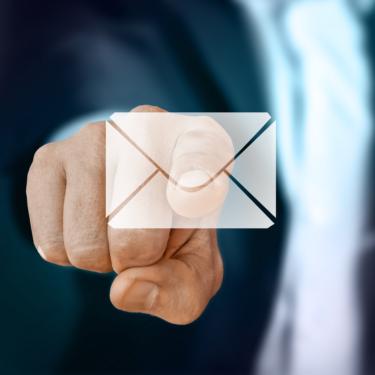As your data is moved, Transvault carries out a series of integrity checks to ensure your email records will be viable post-migration. Any items that fail to migrate are automatically re-processed a specified number of times and/or at a different time of day.
Failures to migrate an item may be temporary, owing to environmental issues such as poor network bandwidth or high loading on the legacy archive.
‘Permanent’ failures tend to be low – typically .001% of the overall email quantity. They are usually attributable to pre-existing problems in the source archive (i.e. not caused by the migration process). As such, it is likely that these items would NOT have been picked up by any audit or eDiscovery exercise.
In the event of a permanent failure, a full log of the item(s) in question is produced to enable investigation. You can attempt a manual retrieval of any failed messages directly from the log, a feature which massively reduces troubleshooting overheads.
If your organisation requires further investigative work to be carried out on failed items, data remediation services are available to help and where possible, fix the problem to the satisfaction of your legal team.
For example, in one project it was discovered that some emails only had the email ‘shell’ intact – the actual body of the email and any attachments were missing. The customer’s legal team requested for all the retrievable header data (i.e. Subject, To, From, Date) to be preserved and migrated along with explanatory text into the email body to explain to a future eDiscovery operator that the original message was broken prior to the migration. Transvault’s remediation service was able to meet this request.
NB – If your organisation requires further investigative work and data remediation to be carried out in the event of a corrupted item, this should be discussed with your chosen Transvault service provider in advance.



